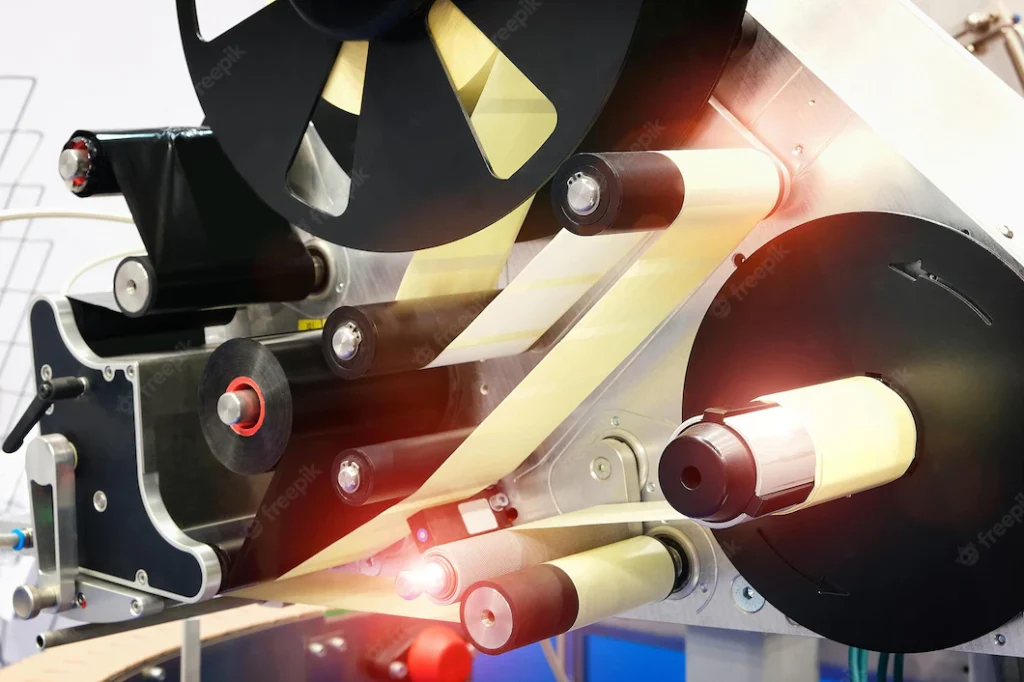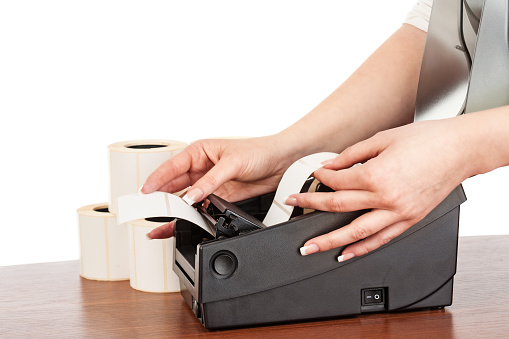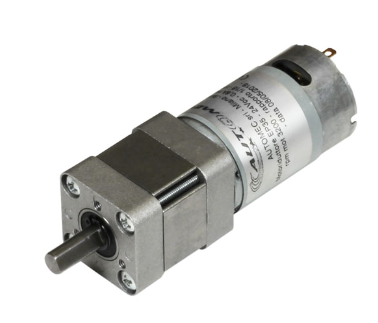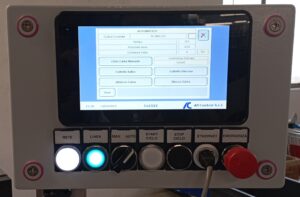AUTOMEC, LABELLING MACHINE SPECIALIST.
For several years now, Automec has been supporting the labelling machine sector with a line of purpose-built geared motors. The world of labelling machines is quite vast and there are many possible uses for gearmotors, depending on the models on the market. But let us go a little deeper into the operating system of a labelling machine to better understand its use.
HOW DOES A LABELLING MACHINE WORK?
The labeller is a mechanical device that affixes a pre-printed label to a specific part of the packaging container, usually at the end of the packaging operation.
The items are fed from the labeller at a constant speed onto the conveyor and are separated by the mechanical device at a fixed distance. The items are then pushed by it in the direction of the conveyor belt.
It consists of a drive wheel, a labelling wheel and a reel. The drive wheel intermittently drives the label strip movement so that the label strip is pulled off the reel while the label strip is pressed against the item by the labelling wheel.
An open-loop displacement control is used on the reel to maintain the tension of the label strips as they are connected to each other. The label belt is continuously stopped so that the label belt is attached to the item with the label wheel moving at the same speed as the item. When the conveyor reaches a certain position, the labelling wheel accelerates at the matching speed of the belt; after the label has been attached, it slows down to a stop.
It is marked to ensure that it is positioned correctly and is read by a sensor, as it can slip slightly. During deceleration, the drive wheel will readjust the position to correct any errors on the label.
TYPES OF LABELLING MACHINES
Depending on the type of label, the labelling machine can be divided into a chip-labelling machine, a roll-labelling machine, a hot-melt adhesive labelling machine, a pressure-sensitive labelling machine and a shrink cylinder labelling machine.
Depending on the degree of automation, the labeller can be divided into a semi-automatic labeller and an automatic labeller. Depending on the direction of travel of the container, it can be divided into a vertical labeller and a horizontal labeller.
There are also pressure, rolling, roller or brush labellers depending on the characteristics of the labelling process.
In addition, the labeller can also classify packaging container materials (tin cans, glass jars, paper cans), labelling mechanisms and types of adhesives.
AUTOMEC CUSTOMISED GEARED MOTORS FOR LABELLING MACHINES
Automec has a specific product line for labelling machines. The most popular product is our EP35V24 gear motor model. This is a compact gearmotor, consisting of a 12-watt permanent magnet DC micromotor and 9 or 24 volt voltages, coupled with a planetary gearbox in a 35 x 35 mm square and designed to transmit drive torques of up to 3 Nm under continuous operating conditions. The gearbox body, as well as all internal gears and bearings, are made of self-lubricating sintered steel, and therefore offer, together with the small overall dimensions, high mechanical characteristics, consistent production quality and a long service life.
Specifically, this gear motor is used to advance the label strip with the aid of 2 sensors that detect the presence of the product to be labelled. It is usually used at 9W – 24 W direct current and in various ratios. The reduction ratios are very wide and can meet countless requirements: they start from R 1/3.66 up to over 10,000. Those most commonly used in geared motors in labelling machines are often with the reduction ratios R 1/25 and R 1/49.
Automec offers its customers the possibility of choosing either the standard version of its labelling machine geared motors or a customised one. In fact, it is possible to choose the type of flange to be mounted M3 or M4 and the type of shaft: size, milling, presence or absence of the key.







